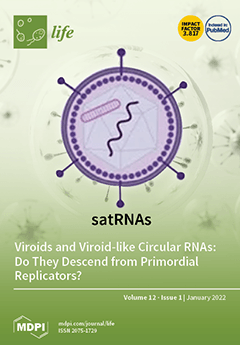Skin is damaged in atopic dermatitis (AD) patients. Age is also believed to have a negative effect on epidermal barrier function. The aim of this study was to investigate skin barrier function changes with age in AD patients. A cross-sectional study was conducted including 162 participants, 81 AD patients and 81 healthy volunteers. Skin barrier function parameters, such as transepidermal water loss (TEWL), erythema, temperature, stratum corneum hydration (SCH), pH, and elasticity, were evaluated. Healthy volunteers were evaluated on the volar forearm. AD patients were measured on two regions: on an eczematous lesion on the volar forearm and on a non-involved area 5 cm from the affected area. TEWL was lower on healthy skin than uninvolved AD skin (9.98 vs. 25.51 g·m
−2·h
−1,
p < 0.001) and AD eczematous lesions (9.98 vs. 28.38 g·m
−2·h
−1,
p < 0.001). SCH was lower on AD eczematous lesions than uninvolved AD skin (24.23 vs. 39.36 AU,
p < 0.001) and healthy skin (24.23 vs. 44.36 AU,
p < 0.001). Elasticity was lower on AD eczematous lesions than uninvolved AD skin (0.69 vs. 0.74,
p = 0.038) and healthy skin (0.69 vs. 0.77,
p = 0.014). A negative correlation was found between age and elasticity in all the population (r = −0.383,
p < 0.001). This correlation was stronger in AD patients (r = −0.494,
p < 0.001) than in controls (r = −0.266,
p = 0.092). After conducting a linear regression model in AD patients adjusted by age, sex, and SCORing Atopic Dermatitis (SCORAD), it was found that elasticity was impaired by an increasing age (β = −0.004,
p < 0.001) and a higher SCORAD (β = −0.003,
p < 0.001). The skin barrier function is impaired by age and AD, reflected mainly in poor elasticity values in older AD patients.
Full article






